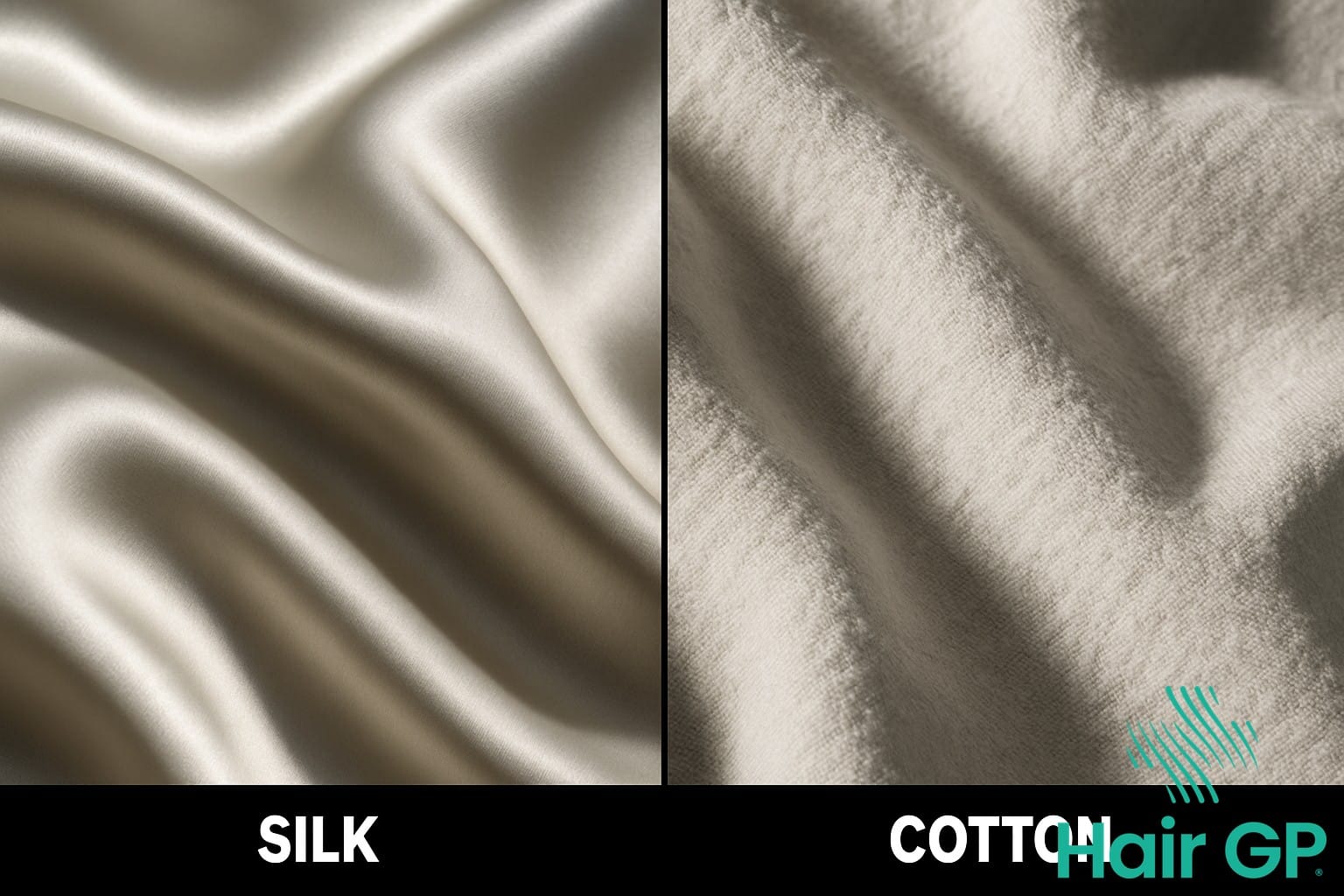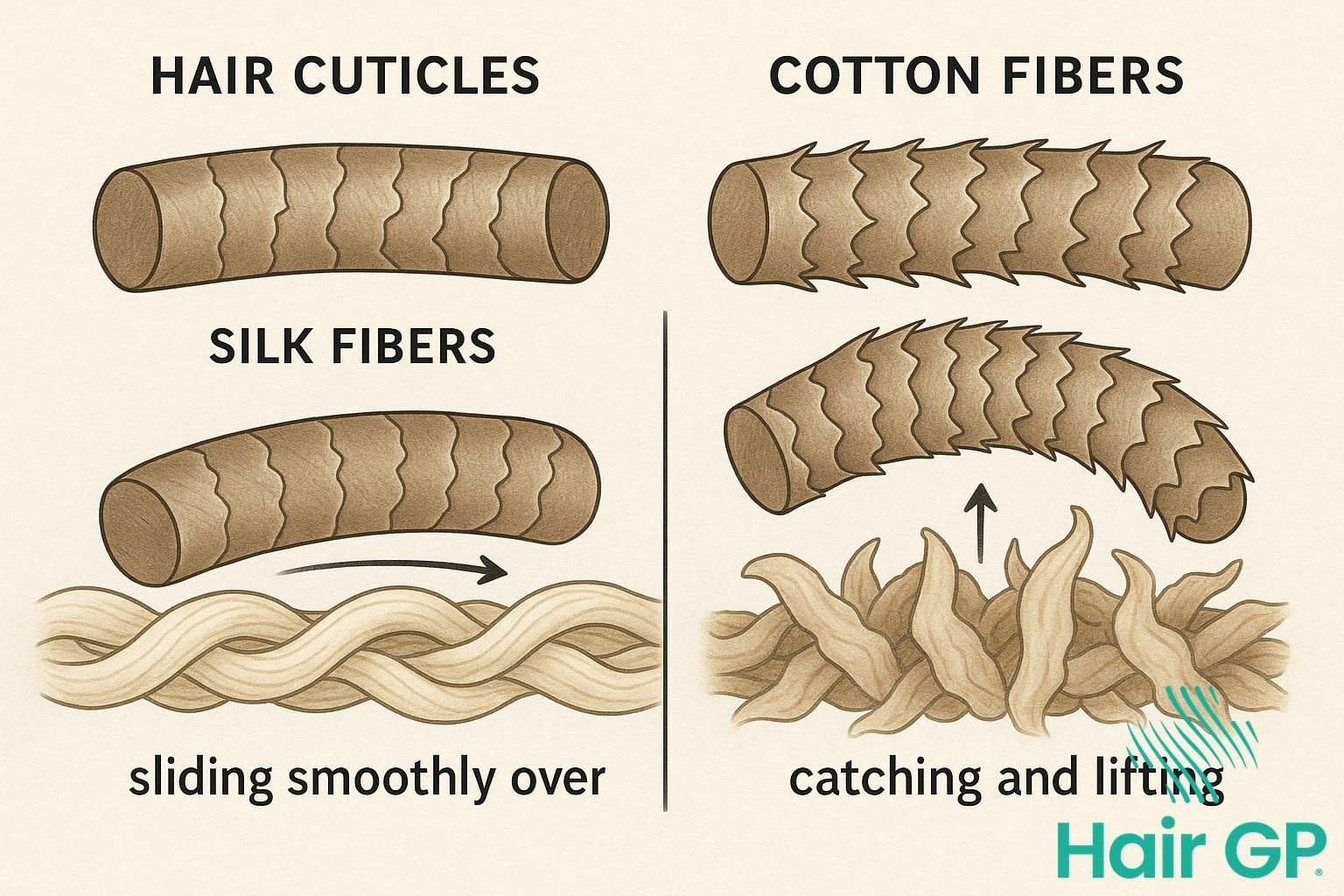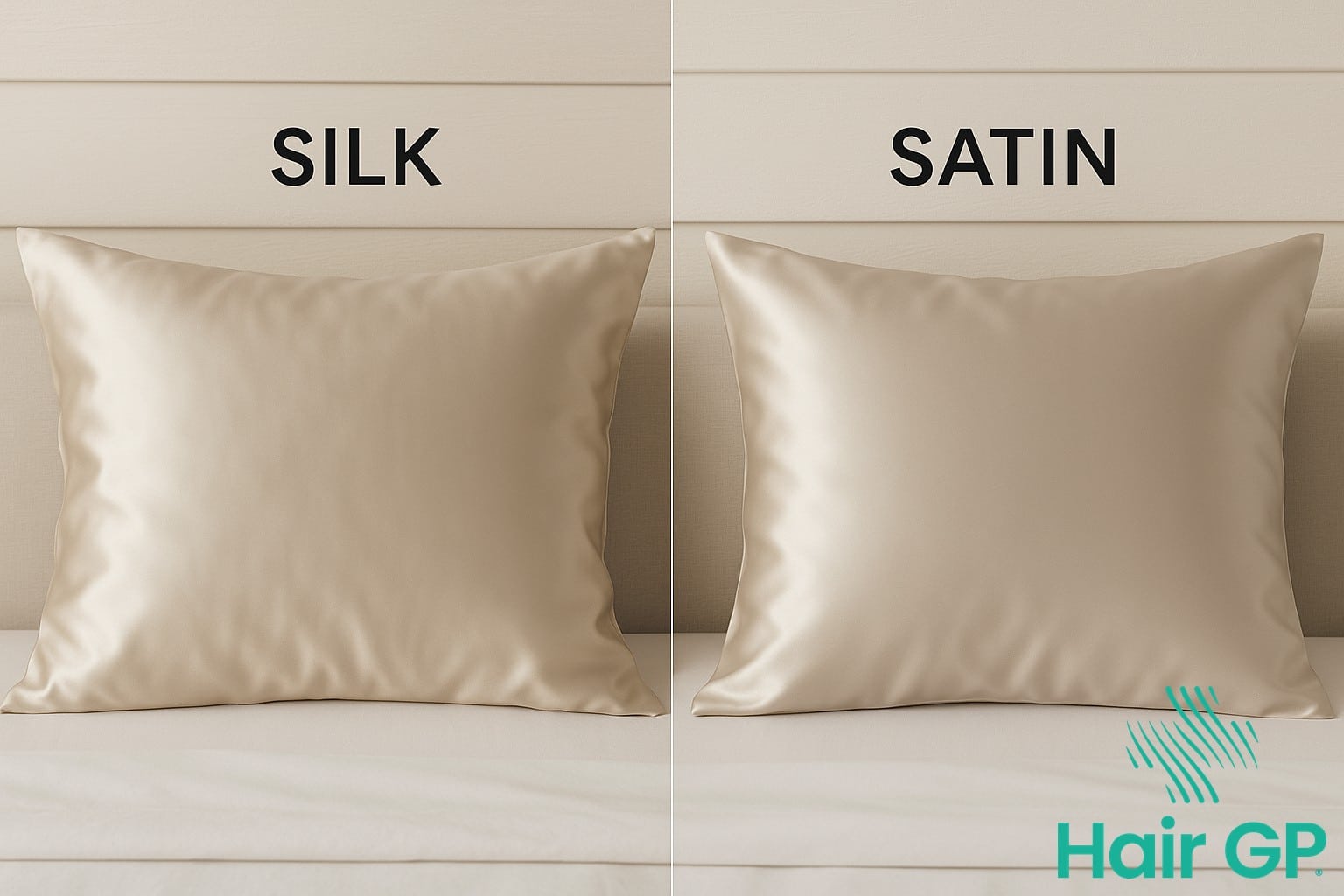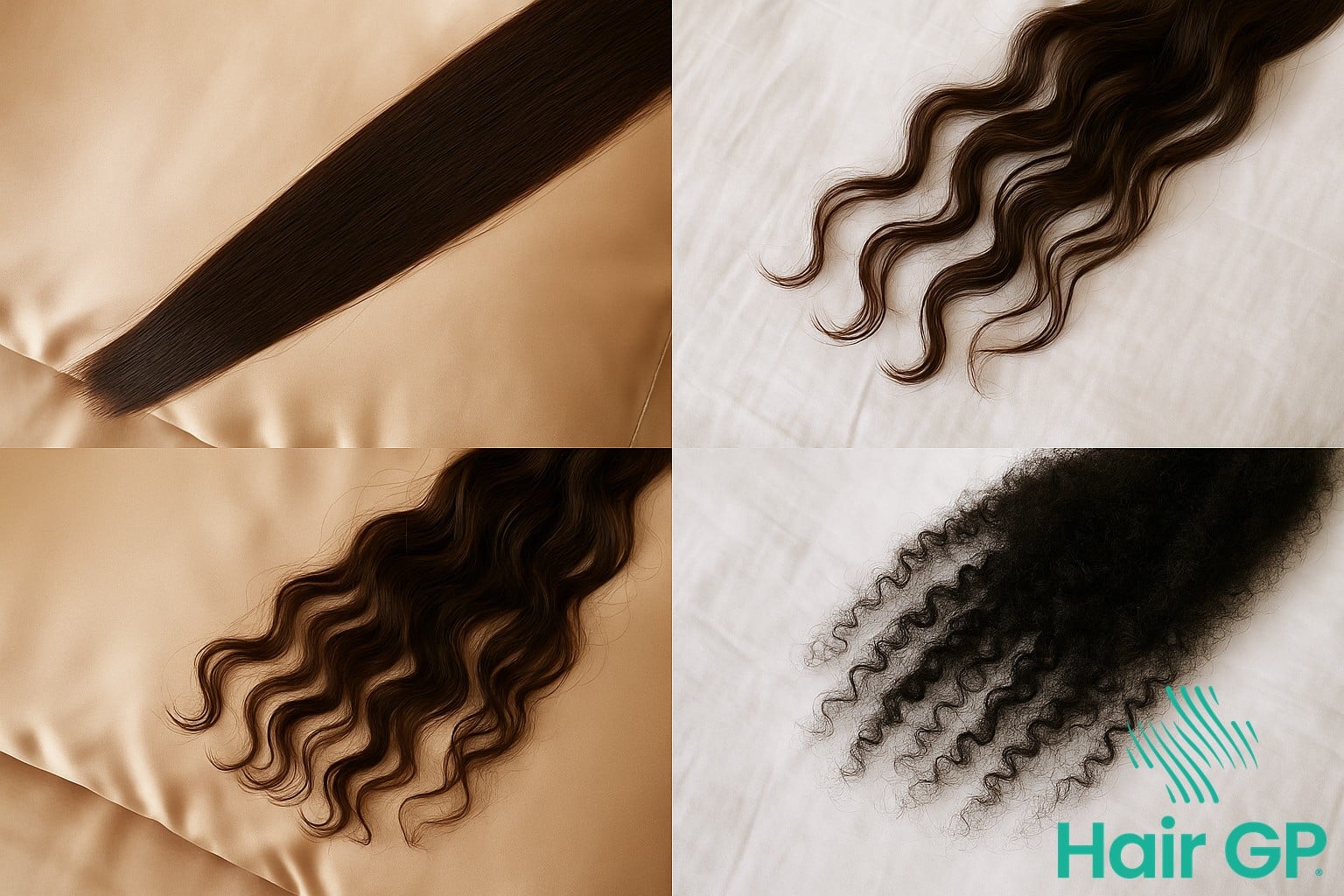Introduction
Every morning, millions of people wake up to find their hair tangled, frizzy, or damaged from a night’s sleep. What many don’t realise is that their pillowcase material might be the culprit behind this daily hair struggle. The debate between silk pillowcase versus cotton pillowcase options has gained significant attention in recent years, with beauty enthusiasts and hair care professionals claiming that the right choice can dramatically reduce hair breakage and improve overall hair health.
The concept of beauty sleep extends far beyond simply getting enough rest—it encompasses the environment in which we sleep, including the surfaces our hair and skin contact throughout the night. When we toss and turn during sleep, friction between our hair and pillowcase material can cause mechanical damage, leading to split ends, breakage, and unwanted frizz. This has prompted many to question whether investing in premium bedding materials truly delivers measurable hair benefits.
Understanding the fundamental differences between silk and cotton fibres provides the foundation for making an informed decision about your pillowcase choice. This comprehensive analysis explores the scientific principles behind how different materials interact with hair, examines the specific advantages and limitations of each option, and considers factors such as hair type, maintenance requirements, and long-term value. From examining various silk qualities to understanding care instructions that preserve material properties, we’ll uncover whether the claims about hair-saving pillowcases are supported by evidence or merely marketing hype.
Key Takeaways – TL/DR
- Silk pillowcases create less friction than cotton, potentially reducing hair breakage and split ends
- Mulberry silk retains hair moisture better than cotton due to its smooth protein fiber structure
- Satin pillowcases offer similar benefits to silk at a more affordable price point
- Hair type and texture significantly influence which pillowcase material provides optimal benefits
Understanding Silk vs Cotton: Material Fundamentals
Understanding the fundamental differences between silk and cotton materials reveals why your choice of pillowcase fabric can significantly impact hair health. These two natural fiber types possess distinctly different structural properties that directly influence how they interact with hair during sleep.
Silk Fiber Composition and Properties
Mulberry silk, produced by silkworms, consists of protein-based natural fiber with an exceptionally smooth surface structure. This smoothness creates minimal friction against hair strands, reducing the likelihood of tangles and breakage. Additionally, silk’s unique weave and molecular composition allow it to retain moisture effectively, helping maintain hair’s natural hydration levels throughout the night.
Cotton Fiber Characteristics
Cotton fabric originates from cellulose-based plant fiber with a naturally rougher texture compared to silk. This rough surface creates increased friction when hair moves across the pillowcase during sleep, potentially leading to tangles and damage. Cotton’s highly absorbent nature also draws moisture away from hair, which can result in dryness and brittleness over time.

The Science Behind Silk’s Hair Protection Benefits
Scientific research reveals compelling evidence for silk’s protective effects on hair structure during sleep. The unique properties of silk fibres create an environment that minimises mechanical damage and preserves hair health through multiple mechanisms.
Friction Reduction and Hair Cuticle Protection
Silk demonstrates significantly lower friction coefficients compared to cotton, reducing the mechanical stress on hair cuticles during movement. This decreased surface friction prevents hair breakage and split ends by minimising the lifting and damage of cuticle scales that protect the hair shaft’s internal structure.
Moisture Retention Properties
Unlike cotton’s high absorption capacity, silk’s protein structure maintains hair’s natural moisture balance. This prevents excessive dehydration that leads to frizz and brittle hair, keeping locks hydrated throughout the night while supporting optimal hair health.
Temperature Regulation Effects
Silk’s thermoregulatory properties create stable sleeping conditions that benefit both hair and scalp health. By preventing excessive heat buildup and moisture loss, silk maintains an optimal environment that reduces hair damage and supports healthy growth cycles.

Cotton Pillowcases: Benefits and Drawbacks for Hair
Cotton pillowcases remain the most popular bedding choice worldwide, offering practical benefits that appeal to budget-conscious consumers. While these traditional options provide excellent breathability and durability, their impact on hair health presents both advantages and considerations worth examining.
Cotton’s Positive Attributes
Cotton pillowcase options excel in affordability and accessibility, making quality bedding available to all budgets. High thread count cotton varieties offer impressive breathability, particularly beneficial for hot sleepers. The easy-care nature and exceptional durability of cotton bedding ensure long-lasting value with minimal maintenance requirements.
Potential Hair Concerns with Cotton
Cotton’s absorbent properties can draw moisture from hair strands, potentially contributing to dry hair and brittle hair conditions. The rougher textile structure creates increased friction during sleep, leading to tangles and mechanical damage. This combination often results in morning bedhead and compromised hair integrity over time.
Mulberry Silk vs Alternative Silk Types
When shopping for a real silk pillowcase, understanding the differences between mulberry silk and alternative silk varieties helps ensure you invest in the best option for your hair care needs. Not all silk is created equal, with varying production methods and fibre quality affecting both softness and hair benefits.
Mulberry Silk: The Gold Standard
Mulberry silk represents the pinnacle of silk quality, produced by silkworms fed exclusively on mulberry leaves. This controlled diet creates the longest and strongest silk fibres available, resulting in exceptionally smooth fabric texture. The superior softness of mulberry silk provides optimal hair benefits, as its uniform structure reduces friction more effectively than other silk varieties. When purchasing a real silk pillowcase, mulberry silk delivers unmatched durability and consistent performance.
Alternative Silk Types and Quality Grades
Wild silk varieties, including tussah and dupioni, offer more affordable alternatives to mulberry silk. These silks feature shorter, more irregular fibres that create textured surfaces with less softness. Quality grading systems categorise real silk based on fibre length, uniformity, and processing methods. While alternative silk types provide some hair benefits, they typically offer lower price-to-benefit ratios compared to premium mulberry silk options.
Satin vs Silk: Understanding the Key Differences
Many people confuse satin with silk when shopping for hair-friendly bedding. Understanding the key differences between these options helps you make informed decisions about silk and satin pillowcases based on your hair care needs and budget constraints.
What Satin Actually Is
Satin describes a weave pattern rather than a specific material. This distinctive weave creates a characteristically smooth, glossy surface regardless of the underlying fabric used. Satin can be manufactured from various materials, including synthetic fibres like polyester or natural alternatives. Rayon satin provides a popular middle ground between fully synthetic and natural material options.
Satin’s Hair Benefits and Limitations
Satin pillowcases deliver similar hair protection benefits to silk through their smooth surface texture, effectively reducing friction and preventing tangling. However, synthetic satin alternatives typically cost significantly less than premium silk options. While satin offers accessible hair care benefits for budget-conscious consumers, silk generally provides superior long-term durability and luxury comfort.

Hair Type Considerations: Which Material Works Best
Different hair types have unique requirements when selecting pillowcase materials. Understanding your specific hair structure and concerns enables informed decisions that optimise overnight hair care and morning styling results.
Curly and Textured Hair Needs
Curly and textured hair types benefit significantly from silk’s ultra-smooth surface, which minimises friction that disrupts curl patterns. The reduced friction prevents frizzy hair whilst maintaining natural curl definition. Silk’s moisture-retention properties keep curls hydrated throughout sleep, preserving their shape and reducing morning styling time.
Fine and Damaged Hair Considerations
Fine and chemically-damaged hair requires maximum gentleness during sleep. Silk’s protein structure provides superior protection against breakage and split ends compared to cotton’s rougher texture. This delicate approach helps preserve fragile hair whilst reducing mechanical stress that exacerbates existing damage and promotes healthier growth.
Oily vs Dry Hair Types
Hair’s natural oil production influences material choice effectiveness. Dry hair benefits from silk’s moisture-preserving qualities, whilst oily hair may prefer cotton’s greater absorbency. Wavy hair often requires balanced moisture retention, making silk ideal for maintaining optimal scalp health and hair whilst preventing excessive oil buildup.

Beyond Hair: Skin and Sleep Quality Benefits
Pillowcase material selection extends far beyond hair care considerations, significantly impacting skin health, sleep quality, and overall beauty routines. The nightly contact between facial skin and pillowcase fabric influences moisture retention, friction levels, and temperature regulation during crucial restorative hours.
Skin Health and Anti-Aging Effects
Silk pillowcases offer notable dermatological advantages through their smooth surface texture, which reduces friction against delicate facial skin [1]. This decreased mechanical stress helps prevent acne by minimising pore irritation and bacterial transfer. The reduced friction also prevents formation of sleep wrinkles and sleep creases, common concerns for those prioritising beauty sleep routines. Unlike cotton’s absorbent properties that can exacerbate dry skin conditions, silk’s natural protein structure helps maintain optimal skin moisture levels throughout the night [2].
Temperature and Comfort Factors
Superior temperature regulation provided by silk creates optimal sleeping conditions, reducing night-time disruptions from overheating. This thermal comfort promotes deeper, more restorative sleep cycles, directly contributing to improved skin appearance and overall wellness. The breathable nature of quality silk maintains consistent comfort levels across varying ambient temperatures.
Cost Analysis: Investment vs Value for Hair Health
Choosing the right pillowcase involves carefully weighing initial costs against long-term hair health benefits. Understanding price differences between materials helps determine the most cost-effective investment for your specific haircare needs.
Initial Investment Comparison
Silk pillowcases command premium pricing due to their natural properties and complex processing requirements. Satin alternatives offer mid-range options with similar protective benefits, while cotton remains the most budget-friendly choice for immediate affordability.
Long-term Value Assessment
Quality pillowcases can significantly reduce frequent salon visits and expensive haircare products like specialised hair oils and therapeutic shampoos. Better hair protection means longer-lasting styles, fewer touch-ups, and decreased need for costly repair treatments. Durability considerations show that higher-quality materials often provide superior value despite increased upfront investment costs.
Care and Maintenance: Protecting Your Investment
Proper care maximises your pillowcase investment, ensuring optimal sleeping comfort and enhanced bedroom hygiene. Following material-specific care instructions preserves beneficial properties, prevents dust mites accumulation, and maintains the supportive connection between your pillow and bedhead positioning effectively.
Silk Pillowcase Care Instructions
Silk requires gentle handling to preserve its luxurious properties. Hand wash in cool water with mild detergent or use delicate machine cycle. Air dry away from direct sunlight to prevent deterioration. Store in breathable cotton bags to prevent snagging and maintain smooth texture.
Cotton Care and Longevity Tips
Wash cotton pillowcases weekly to eliminate dust mites and maintain optimal freshness. Use warm water temperatures to preserve thread count integrity. Replace pillowcases when fabric becomes thin or loses supportive qualities for continued sleeping comfort.
Conclusion
The choice between a silk pillowcase and cotton pillowcase ultimately depends on your individual hair needs and budget considerations. Throughout this comprehensive guide, we’ve explored how different pillowcase materials affect hair health, with silk consistently demonstrating superior hair benefits compared to traditional cotton options.
A silk pillowcase offers unmatched advantages for maintaining silky, healthy hair overnight. The smooth surface reduces friction, preventing tangles, breakage, and frizz whilst helping preserve hairstyles longer. These hair benefits make silk particularly valuable for those with curly, damaged, or chemically treated hair. However, the higher investment cost may not suit every budget.
Cotton pillowcases, whilst more affordable, create significantly more friction against hair strands. High-quality cotton options like percale or bamboo blends can offer moderate improvements over standard cotton, though they rarely match silk’s performance for hair health.
For optimal results, consider your hair type: fine or damaged hair benefits most from silk, whilst those with oily hair might prefer breathable cotton alternatives. Remember that pillowcase material choice, whether silk or cotton, forms just one component of comprehensive hair care. Combine the right pillowcase with proper hair maintenance routines, quality products, and regular trims for the best long-term hair health outcomes.
Frequently Asked Questions
Silk pillowcases can help reduce hair breakage by creating less friction than cotton. The smooth protein fibers of silk allow hair to glide rather than catch and pull, which can minimize mechanical damage during sleep.
Satin pillowcases offer similar friction-reducing benefits to silk at a lower cost. While they may not have all the natural properties of silk, they still provide a smoother surface that can help reduce hair tangles and breakage.
Silk pillowcases should be washed every 7-10 days using gentle, silk-specific detergent in cool water. Hand washing or using a delicate machine cycle will help preserve the fabric’s beneficial properties.
For severely damaged or chemically-treated hair, silk pillowcases can be a worthwhile investment as they provide maximum gentleness during sleep. The reduced friction can help prevent further damage while hair recovers.









